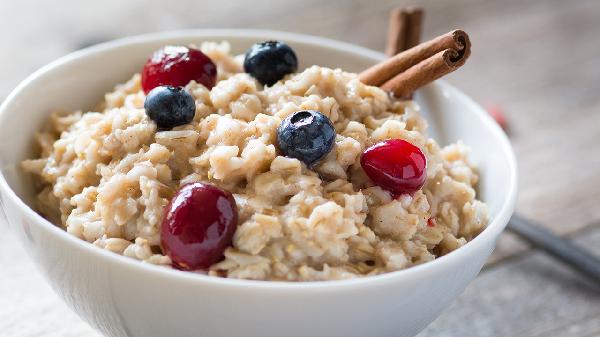Ever wonder how pro runners make those brutal miles look effortless? It's not just raw talent—it's a mix of mental grit, smart training, and a few sneaky tricks they don’t always talk about. Whether you're hitting the wall at mile 10 or just struggling to lace up for a morning jog, the pros have been there too. Here’s how they push through when every step feels like a battle.
The Mental Game: Rewiring Your Brain for Tough Miles
Pros don’t just run with their legs—they run with their heads. When fatigue kicks in, your brain starts screaming "STOP!" before your body actually needs to. Elite runners train their minds to override that panic. One trick? Break the run into tiny, manageable chunks. Instead of obsessing over the remaining 10 miles, focus on getting to the next tree, stop sign, or even the next deep breath. Another pro move: positive self-talk. Replace "I can’t do this" with "This is hard, but I’ve done hard things before." Sounds cheesy, but studies show it works. Your brain believes what you tell it, so feed it confidence, not doubt.
Fuel Like a Pro: What You Eat (and When) Matters
Ever bonked mid-run? That crashing fatigue isn’t just bad luck—it’s often a fueling fail. Pros treat food as performance fuel, not just calories. For long runs, they carb-load strategically (think sweet potatoes or oatmeal, not a pasta binge the night before). During the run, quick-digesting carbs like gels or dates keep energy steady. Hydration is just as crucial: sip small amounts often, because dehydration kills endurance. And post-run? Protein within 30 minutes helps muscles recover faster. Skip the junk—your body’s not a trash can, it’s a high-performance machine.
Pacing Secrets: Slow Down to Speed Up
Newbies often torch their energy by sprinting out of the gate. Pros know pacing is everything. They start slower than they think they need to, saving gas for the later miles. A good rule: if you can’t hold a conversation in the first half of your run, you’re going too hard. Another trick? Use terrain to your advantage. Push on downhills to gain speed without extra effort, and ease up on climbs to conserve energy. GPS watches help, but your body’s cues are the real guide. If your breathing’s ragged, dial it back. Smooth and steady wins the race—literally.
Gear Hacks: The Little Things That Make a Big Difference
Ever lost a toenail or chafed so bad you wanted to cry? Pros avoid these nightmares with smart gear choices. Moisture-wicking socks prevent blisters, while body glide saves your skin from friction burns. Shoes matter too: replace them every 300–500 miles, because worn-out soles wreck your joints. And don’t ignore the weather—dress like it’s 10 degrees warmer than it is, since you’ll heat up fast. Cold? Layer with lightweight, breathable fabrics. Hot? A hat and sunscreen are non-negotiable. Comfort isn’t luxury—it’s survival.
Recovery Isn’t Laziness—It’s Part of the Job
Pros don’t grind themselves into the ground every day. They prioritize recovery as hard as they do training. Post-run, they cool down with easy walking or stretching to flush out lactic acid. Ice baths reduce inflammation, while foam rolling keeps muscles supple. Sleep is the ultimate recovery tool—skimp on it, and your performance tanks. And listen to your body: if you’re exhausted or sore beyond normal fatigue, take a rest day. Pushing through injury is how amateurs end up sidelined. Pros know rest makes them stronger.
Next time you’re struggling through a run, remember: even the fastest runners have days where every step sucks. The difference? They’ve got a toolbox of tricks to keep moving forward. Try one (or all) of these strategies, and soon, you’ll be the one making it look easy.
























